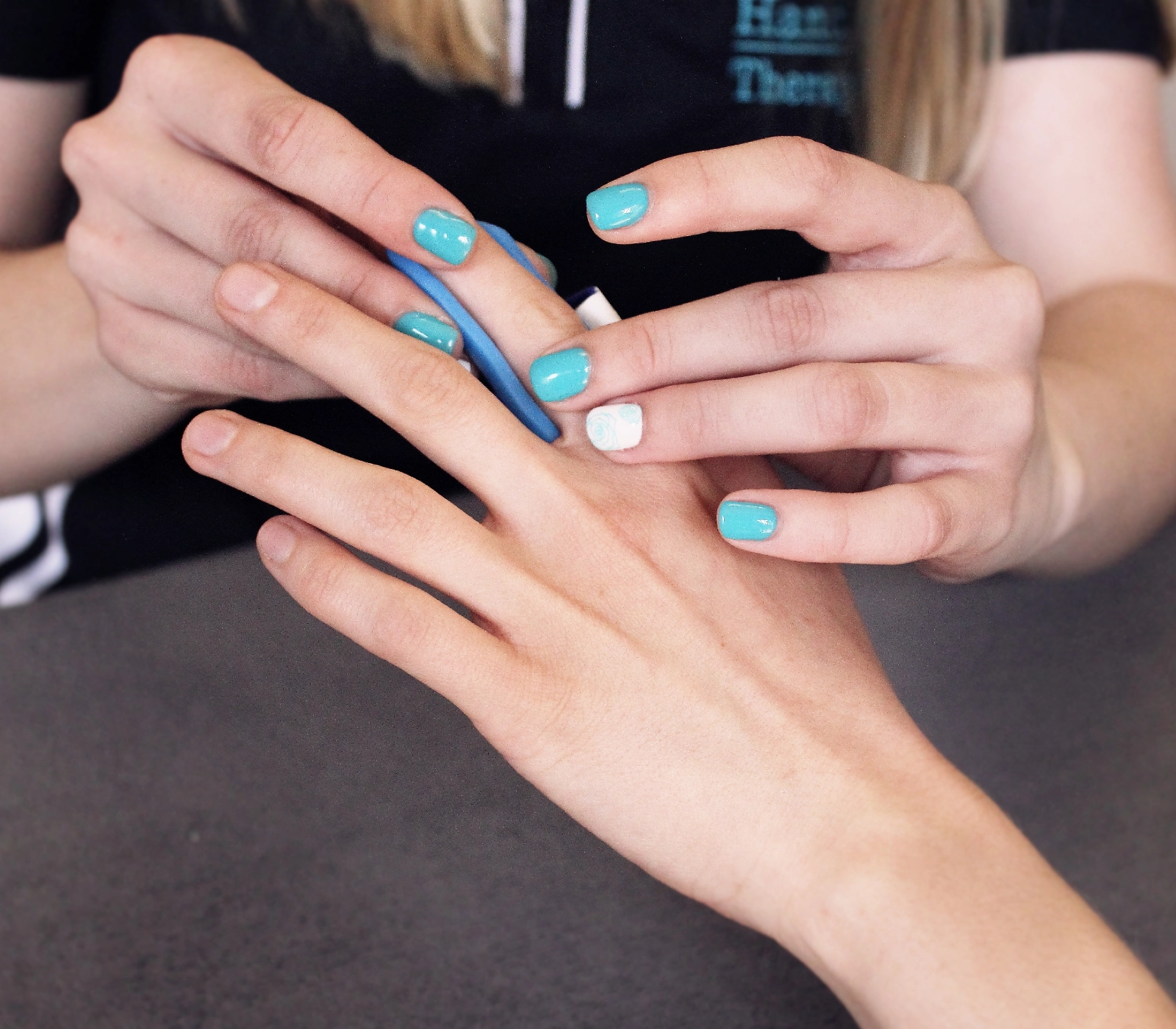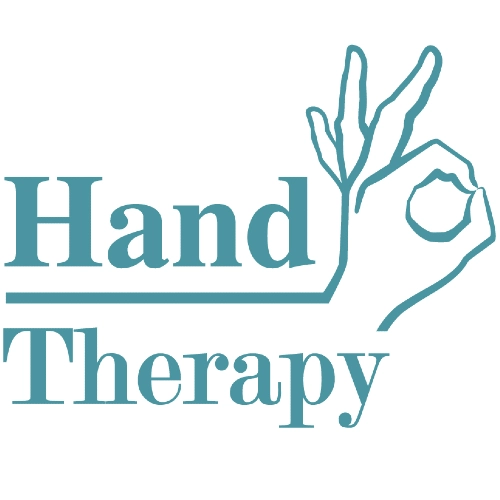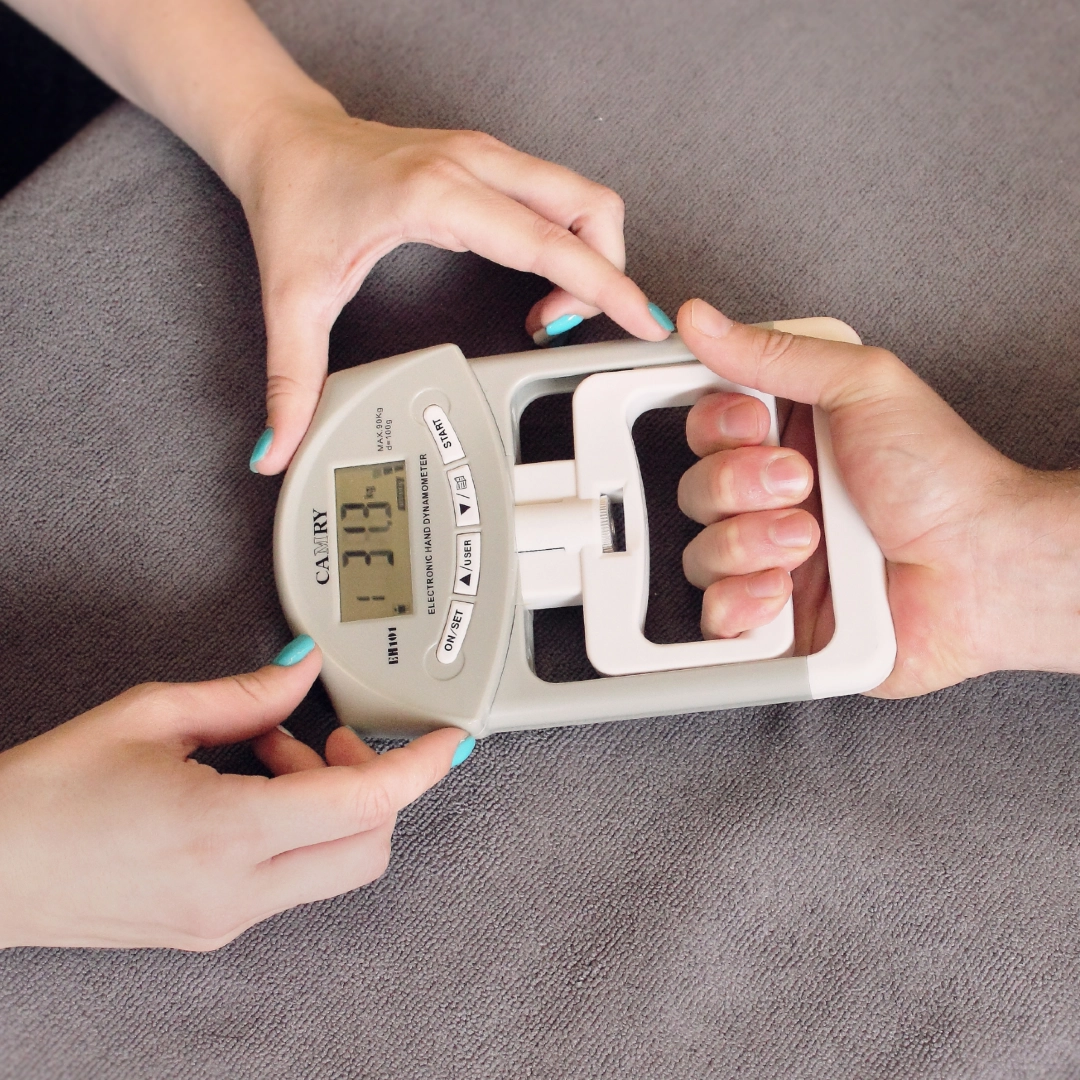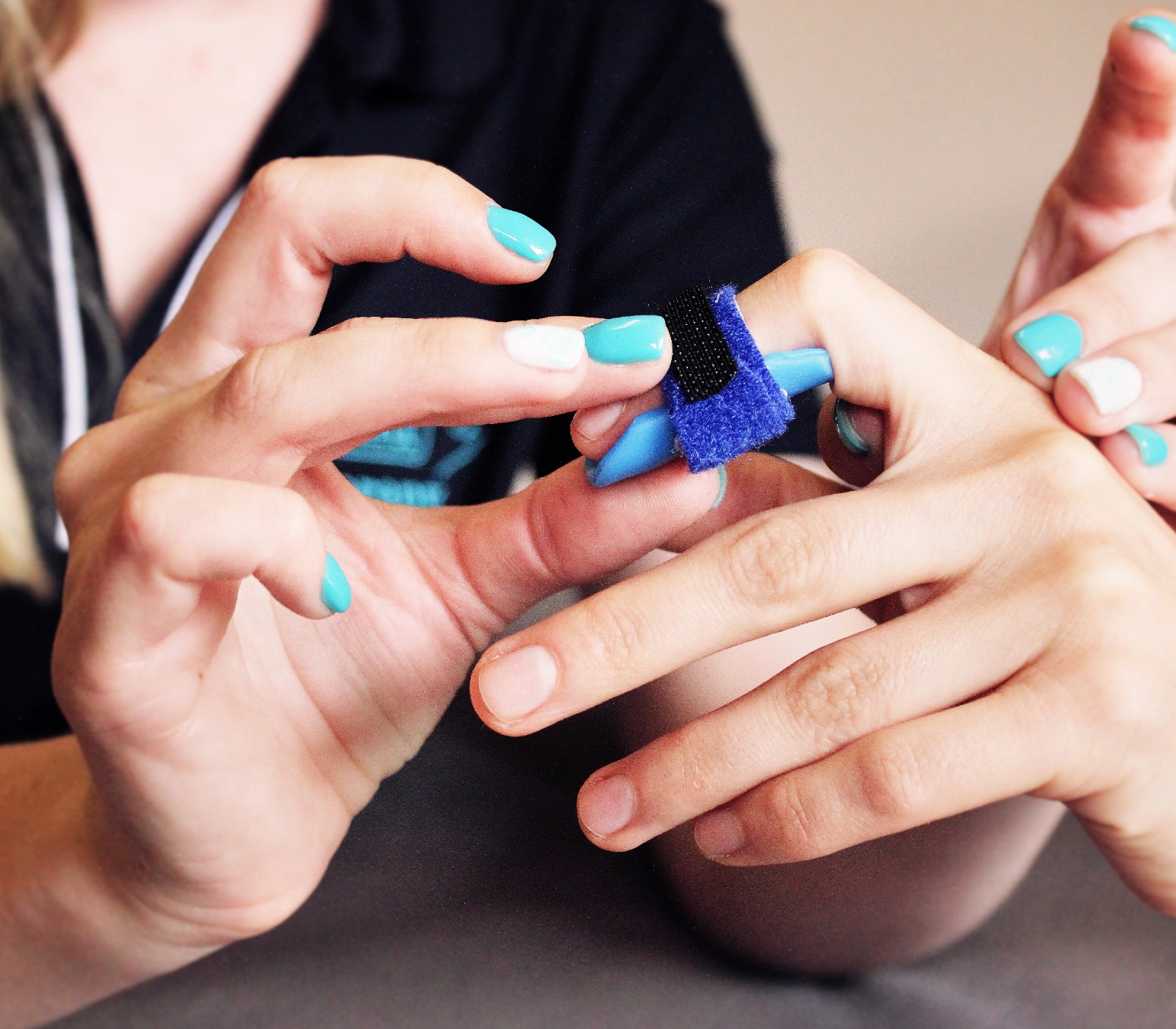Finger Pain
Described as any pain from your knuckles to the tip of your fingers. For the purpose of this article we will be discussing the index, middle, ring and little fingers. To establish where exactly your finger pain is coming from it can be very helpful identifying what structure is causing your pain. This is our field of specialty, we are the experts.
Any pain or problem in your finger will have a ripple effect on your hand, wrist and elbow. So if you are uncertain what the cause may be, rather let us have a look at it before you cause even more problems. Causes of finger pain include any of the muscles, joints, tendons or nerves in your finger, so let’s look at each of these structures:
Click here if you have pain in your thumb, the thumb will be discussed separately.

Why is your finger pain lasting longer than it should?
Does this sound like you?
If any of these have happened to you – we would love to help you. The fact that you’ve tried any or all of these things already is actually a good thing, because when you know what doesn’t work – you are closer to finding the thing that does!
We invite you to come and see us. Why? Because we do things differently. We’ll do a thorough assessment and test all the possible causes. After we’ve diagnosed your problem, and explained what it’s going to need to heal, we’ll make sure you understand why this is happening.
What can you do to get rid of your finger pain?
If you’re looking for solid advice on how to start solving your problem, you might not know if our treatment is the right thing for you, we encourage you to give us a call. This is an opportunity to get an expert’s advice about your situation. Our goal is to help you make the right decision about what to do next.
Get rid of your finger pain in the next few days!
What causes my finger pain
To understand where your finger pain is coming from, you’d have to determine how you injured it, or if you can remember when it started. Some are outright obvious like when you slam the door onto your fingers, meanwhile others are subtle and creeps up on you – getting worse day by day. So, it’s easier to establish how your pain started and changed until now. Changes in your finger pain gives us many clues to understand where your pain is coming from.
Our body consists of various types of tissue, some elastic like tendons, or strong like cables (ligaments), some tissue can generate movement & force like muscles. We rely on your finger ligaments to keep joints stable, tendons to coordinate movements, and muscles to generate power to grip. The structures in your fingers are quite vulnerable to injury, especially trauma. There are more than 95 structures in your fingers that can get injured, some problems are more common than others, but just to be safe – we test them all.
Here’s a breakdown of a few structures that can get injured that gives you different types of finger pain:
Get to the root of your finger pain
Different structures, cause different types of finger pain, although these are not concrete it’s a good guideline to which structure produces what type of pain
Muscle — Dull ache or stiffness, sharp pain with contraction
Nerve — Numbness, tingling, weakness, electrical stabbing feeling
Tendon — Burning pain with certain specific movements, pain comes & goes
Ligament — Pain at the end of range, unstable, clicking
Bone — Constant pain, sharp pain with certain movements
Joints — Cramp, constant stiff feeling, worse after rest, better with movement
Cartilage — Sharp pain when at certain point, painful arch of movement
Arteries — Pins & Needles, dead leg feeling, heavy feeling
Fat pad — Pinching pain, pressure increases or decreases pain immediately
Bursa — Pain only comes on after being active, better with rest
Referral from other joints — Difficult to pinpoint pain, vague painful area
Types of finger pain and the structures they may relate to:
Nerve pain in finger
Muscle pain in finger
Joint pain in finger
Diagnosis of finger pain
Our experts know and understand the intricate anatomy of your finger. There are many structures to test, and we even consider the complex biomechanics of each knuckle. We’ll accurately diagnose which structures are involved, and to what degree. This gives you a good idea what exactly is happening inside your finger in order to establish the extent of the tissue damage.
During your evaluation, we’ll be stretching & stressing the soft tissue structures like muscles, ligaments, nerves and tendons. This way we can diagnose muscle tears, ligament sprains, tendinitis’s and nerve irritations. We’ll test different aspects like muscle strength, range of motion, flexibility and stability in order to confirm how severe your tissue damage is, which will lead us to tailor a treatment plan. Then we’ll customize the treatment to your specific needs. Therefore our specialists are the best at diagnosing finger pain & finger injuries.
The Process of Diagnosis
Diagnosis is a process of exclusion, not inclusion. Medical professionals are taught a process of elimination and deduction to identify the most possible diagnosises for your finger pain. The better you can describe & elaborate on your pain, the better picture you’ll give us to understand what’s happened & what you’re feeling.
The practitioner uses their skills to eliminate diagnosis’s it’s not and zoom in on your problem. This elimination brings us to only a few possibilities to what could be causing your finger pain. Then we test & assess all our possibilities to get to the root cause of your pain. We encourage you to be honest and open about what you’re feeling – to clarify, carry on or change our approach.
Treatment for finger pain
We have seen many patients with finger pain and provide the best possible treatment for a faster recovery. Pain and stiffness after a finger injury prevent you to grip or hold things. You might feel afraid to move, or scared you’ll damage it even more. We know that you’re anxious about the unknown, so that is why we are here to guide you and give you all the answers.
Your finger pain treatment will be tailored according to various factors, but just to give you a broad idea, our focus of our treatments are;
- Determine what structures are injured in your finger.
- How bad is it injured?
- Protect it from further injury.
- Help accelerate healing.
- Re-evaluate to monitor progress.
- Change and adapt as you get better.
What our patients say:
Other Injuries
Our Partner
Well Health Pro is a medical group of professionals that treat a wide range of muscle, joint, tendon & nerve problems.


